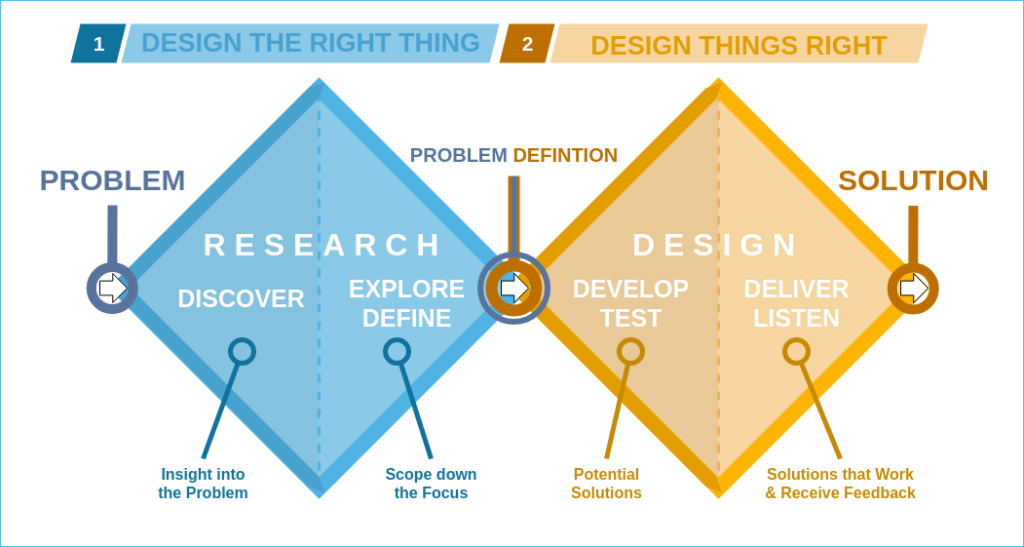
Aclara > How to create a ‘fun’ctional privacy policy
A 2017 Deloitte survey found that 91% of consumers click on “I agree” without reading the terms on websites. Does that make you wonder why we, as lawyers, make the law so inaccessible for the layman? The structure and construction of legal language restrict access to its content to people outside the legal profession. This may work for technical documents, but it makes no sense when documents designed for the end users are written by lawyers strictly for lawyers. In drafting such documents better, legal design can help by adding more impact and ease for the reader. In this blog post, we’re going to explore how legal design is becoming a must for data protection and privacy policies.
The privacy policy is an integral part of all businesses. According to data protection law, personal data can only be collected if the user gives explicit consent. The key component of user consent is ‘informed’ consent. In the perspective of data regulators worldwide, a user’s consent is invalid if they cannot even grasp what it entails. Most companies have a privacy policy in place only to comply with the law. Such policies are full of complex legal jargon that barely explains any idea for the benefit of the user. This defeats the whole purpose of having a privacy policy. To understand how design can make privacy policies more accessible, let’s first understand what an effective privacy policy is.
It can’t be a coincidence that legal design can help with almost all of these requirements, can it?
Design and data protection must go hand in hand to create a fair value exchange. Here is where the lawyer’s role comes into the picture.

Lawyers, especially data protection lawyers, facilitate a positive relationship between businesses and consumers. They can be called one-part lawyers and one-part innovators. To be the best at their jobs, they need knowledge of relevant data protection law and an innovative mindset aligning with the consumers’. There is a responsibility to act in the best interests of their clients, and the client’s interests, more often than not, lie in consumer engagement. So it becomes necessary to reevaluate how to communicate the law more effectively, if not interestingly. Let’s see how.
As data privacy is a hot topic, a privacy lawyer’s accountability increases, ensuring consumers can understand the conveyed information. Most privacy policies drafted in overly legalistic language, or using standard templates, become a hindrance to building consumer trust. It creates a wall of privacy questions between the consumer and the business. Unable to understand the complex text, the consumer goes straight to the signature section, and the company misses a chance to establish its reliability.
Using the right visualization and graphics, the complex information contained in privacy policies can be communicated lightly and positively. More than the information, the communication of the information determines how the user is going to feel about it. For example, the BBC’s website has an image of smiling people eating cookies on its cookie explanation page to communicate it with humour. This helps users trust the company and even feel good about consenting to the data sharing!

It has become commonplace to solve complicated human problems using design methods. The British Design Council’s Double Diamond describes the process as first determining the problem from the end user’s perspective and then solving it. We often ignore the first step and assume everybody can understand the legalese text. Merging legal thinking with design thinking helps lawyers put end-users at the centre and find solutions that work for users, not against them. At the same time, those solutions can promote transparency, autonomy, privacy, security, fairness, and accountability.

Legal design for data protection is much more than just delivering legal information in an accessible and understandable manner. Its ultimate result is building better organizations and a more robust clientele. Legal design also gives consumers a sense of control when they understand their rights and duties. Such simplified commercial relationships can prove to be an advantage for your clients.
By using legal design and by giving users the power to control their data, businesses can help create a trust-based experience for the users. A brand’s ability to put consumers in control unlocks a brand’s potential and enables it to dominate its market segment by creating unharnessed brand loyalty.
Practical and comprehensive privacy policies can help businesses save costs on unnecessary legal suits. Having clear and comprehensive rights and duties on the website prevents conflicts and even going to court.
Design can be a tool to turn grave-looking privacy policies upside down. It’s not too late to get innovative with your client’s problems!
The author, Preksha Diwakar, is a BBA LLB law student at National Law University, Jodhpur, India. She is passionate about data protection and privacy laws and is pursuing a career in technology law in India. Her writing ‘Freedom to Fantasize’ is published in Comparative Constitutional Law and Administrative Law Journal & Blog’, where she discusses an individual’s right to privately express their sexuality on digital media. Follow Preksha on LinkedIn: